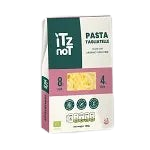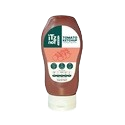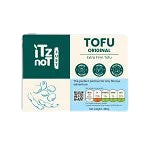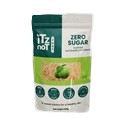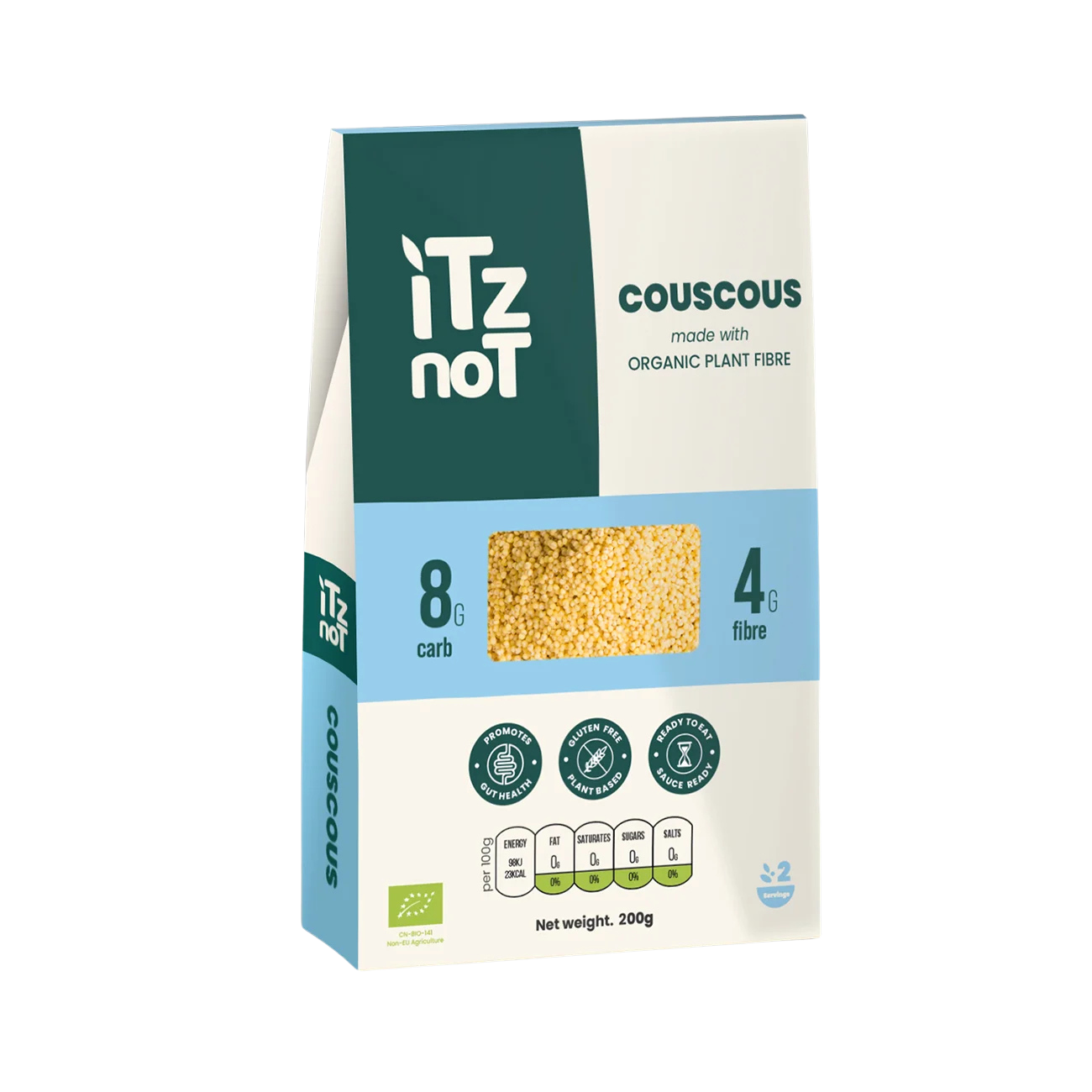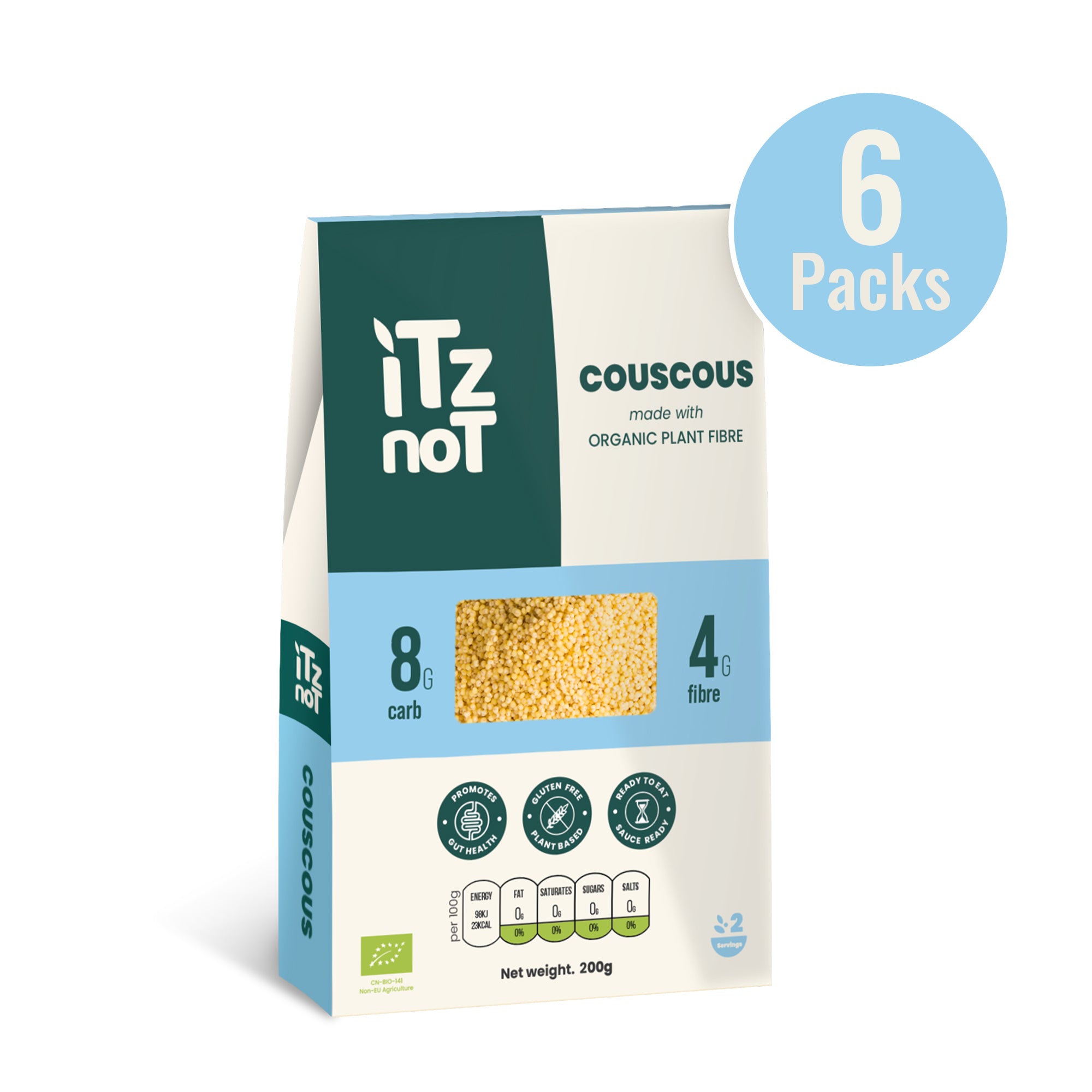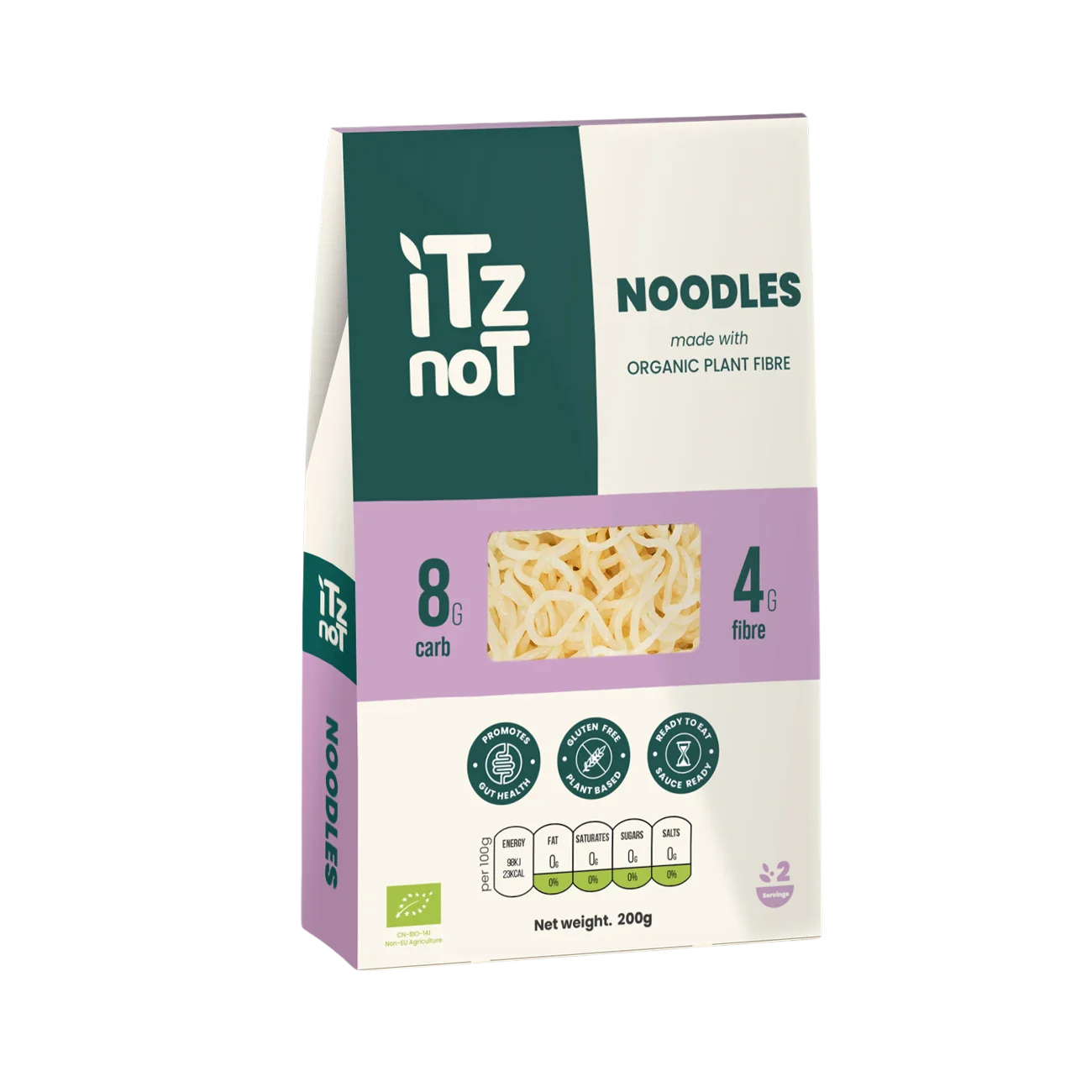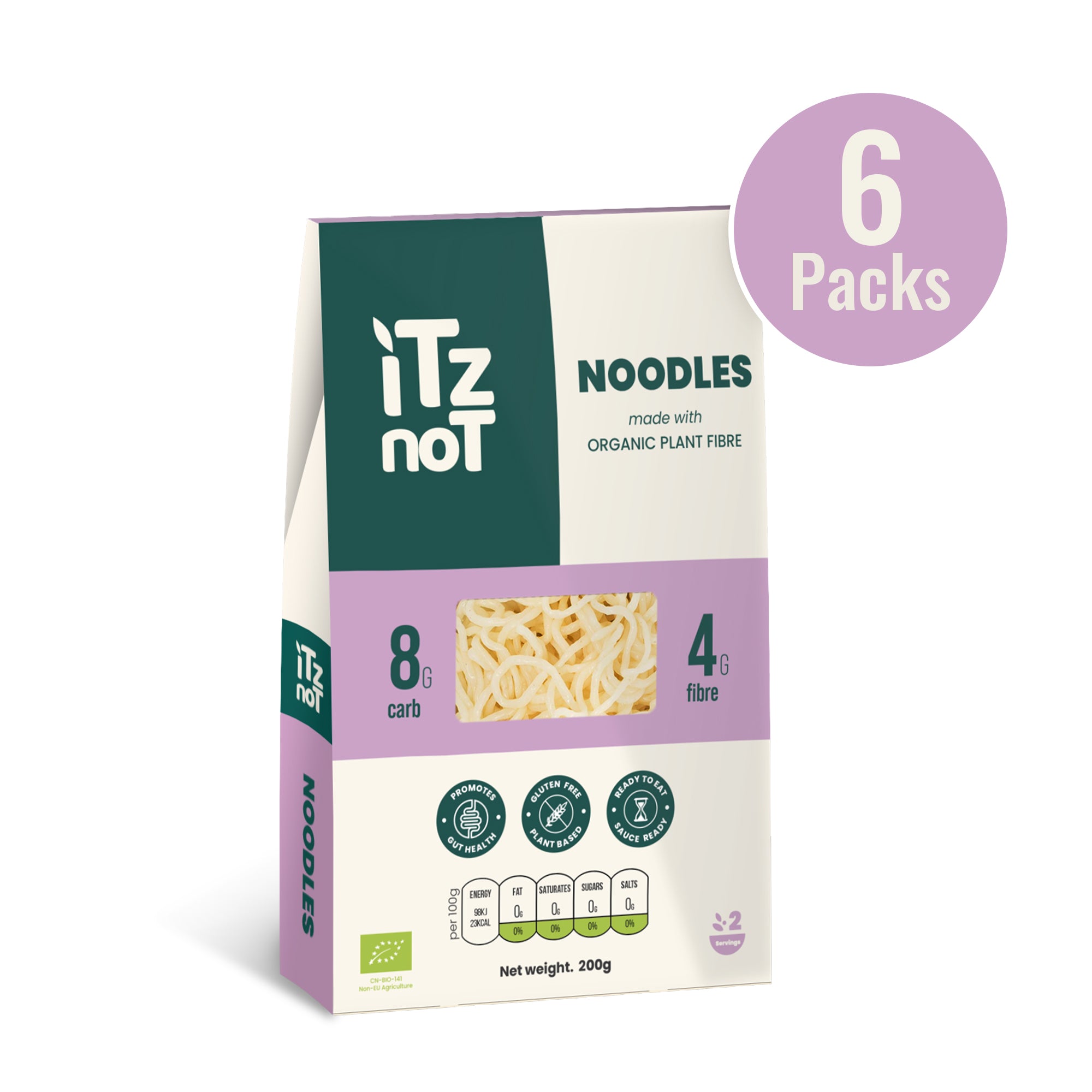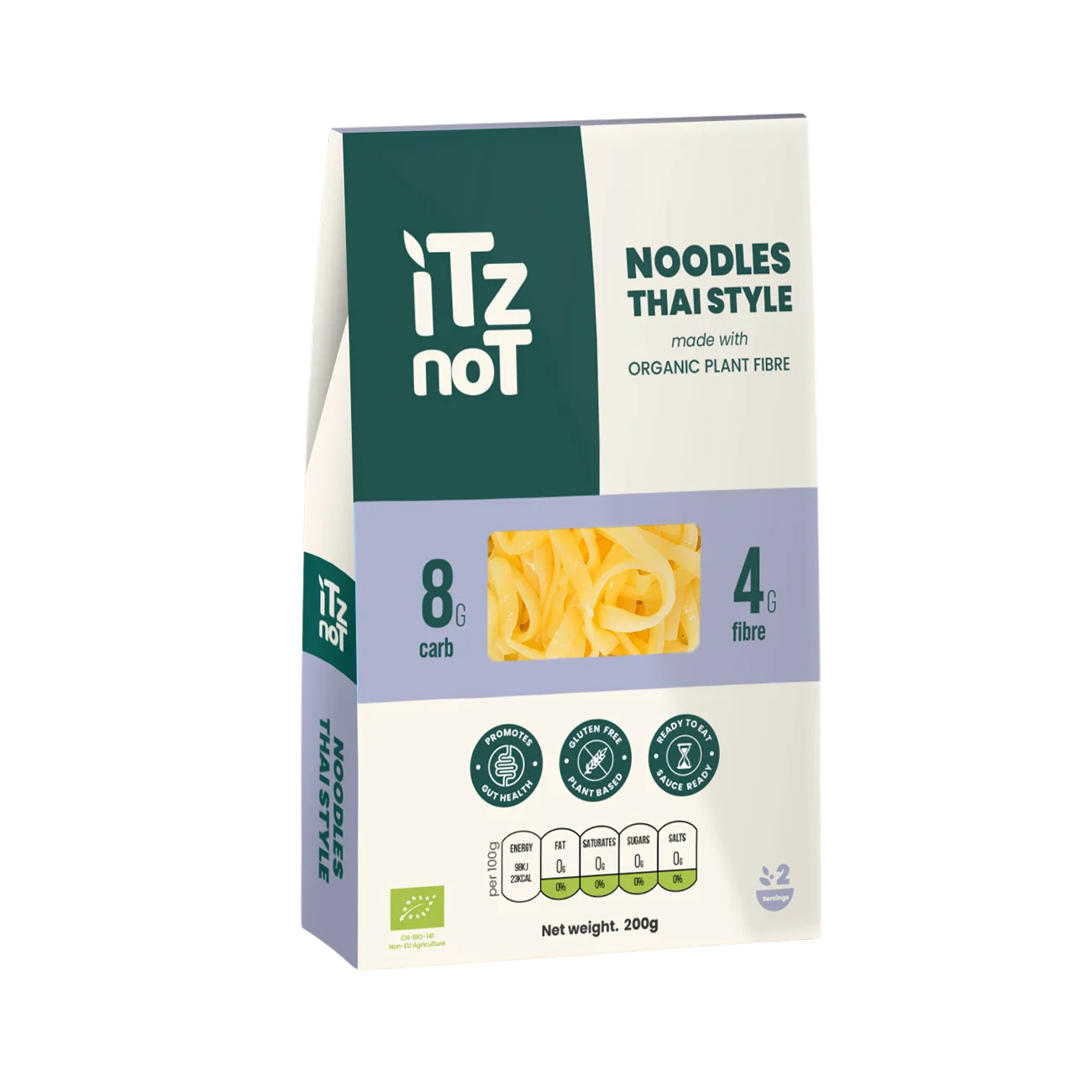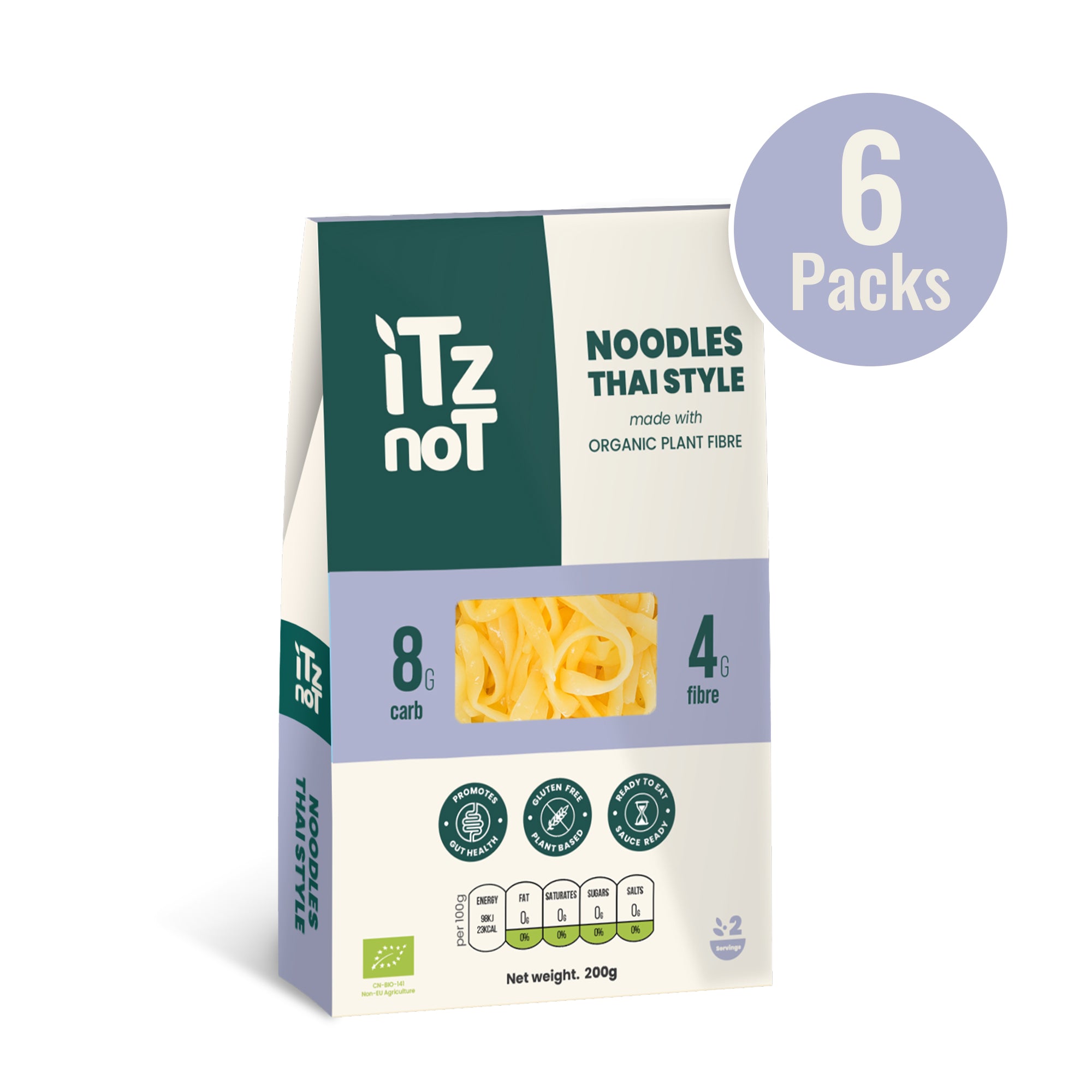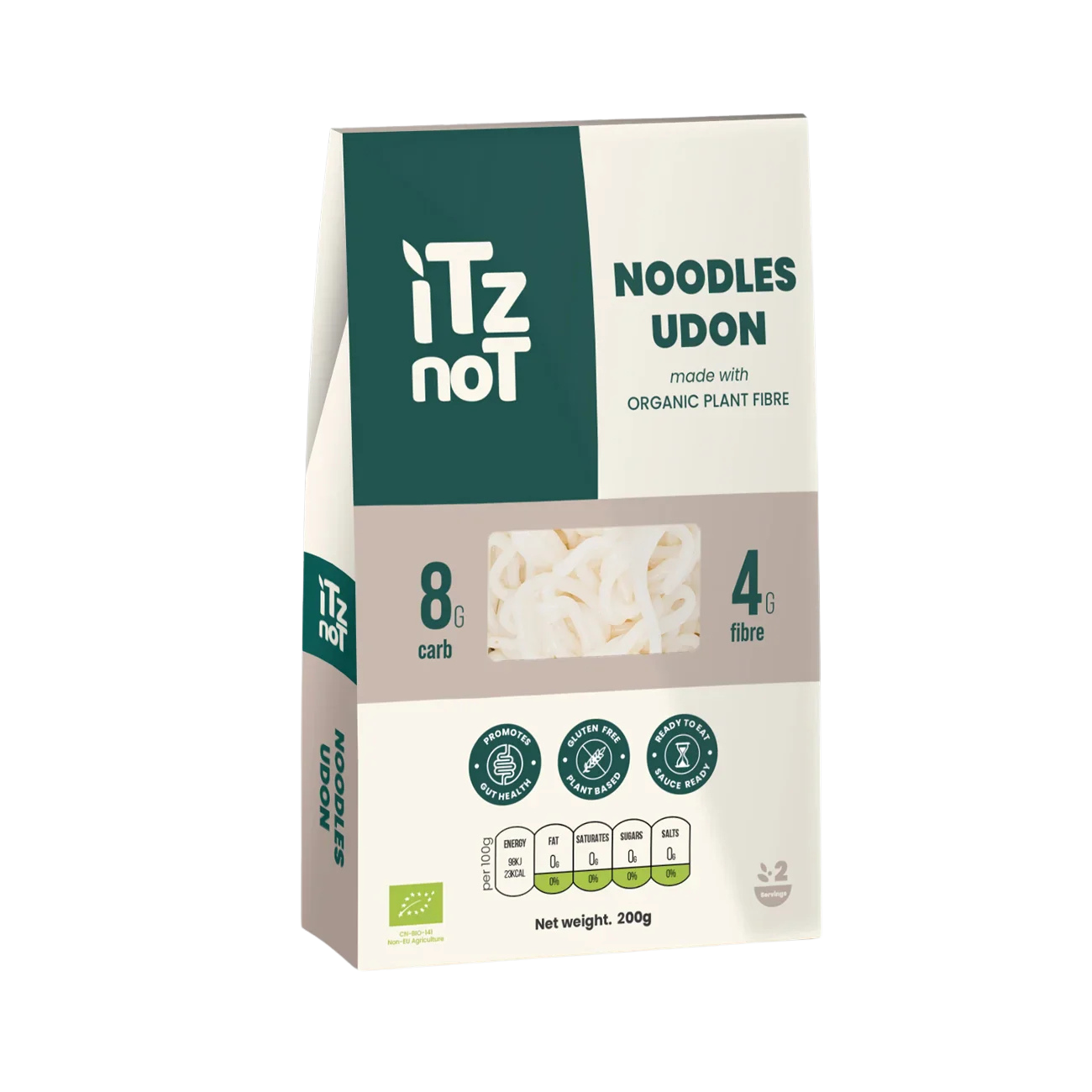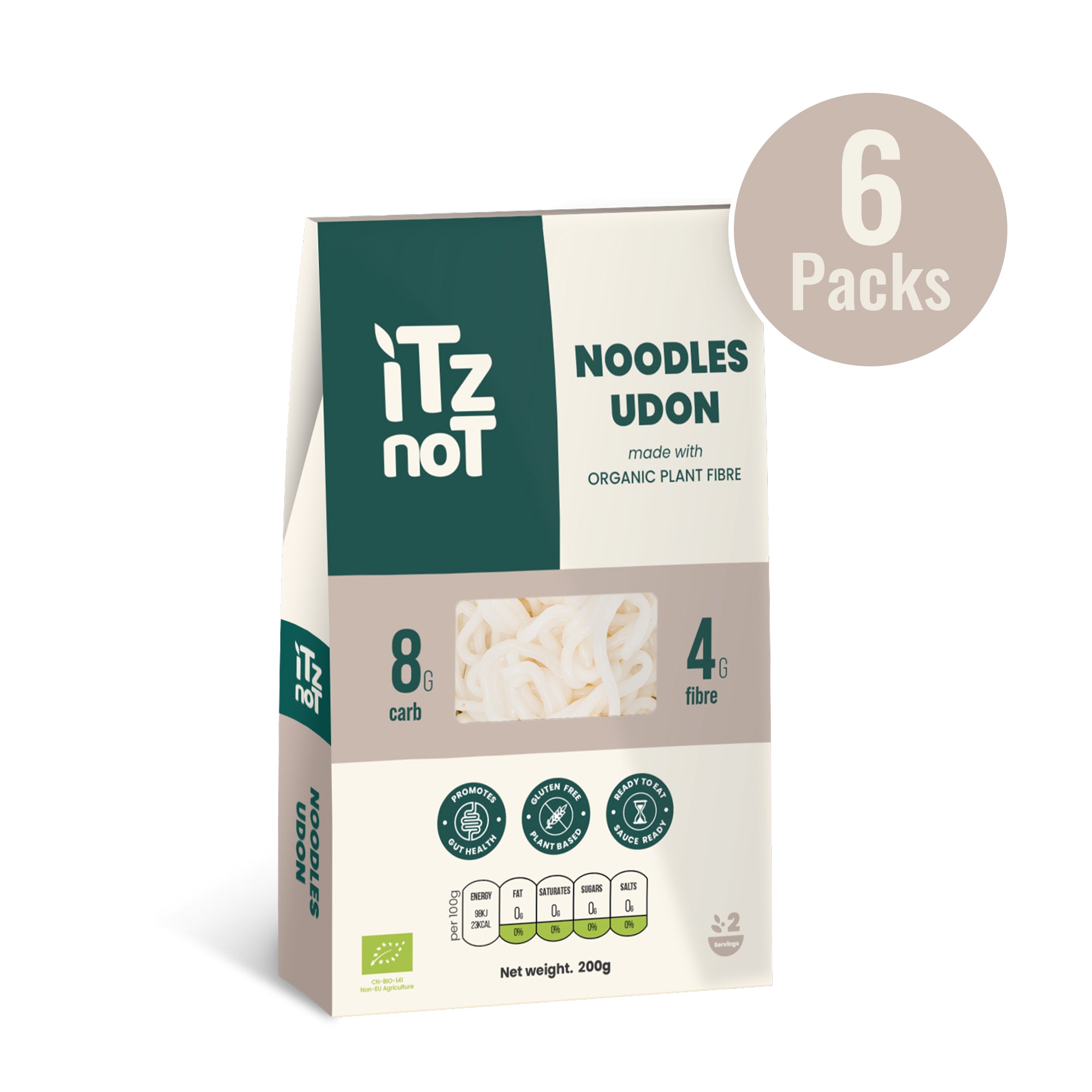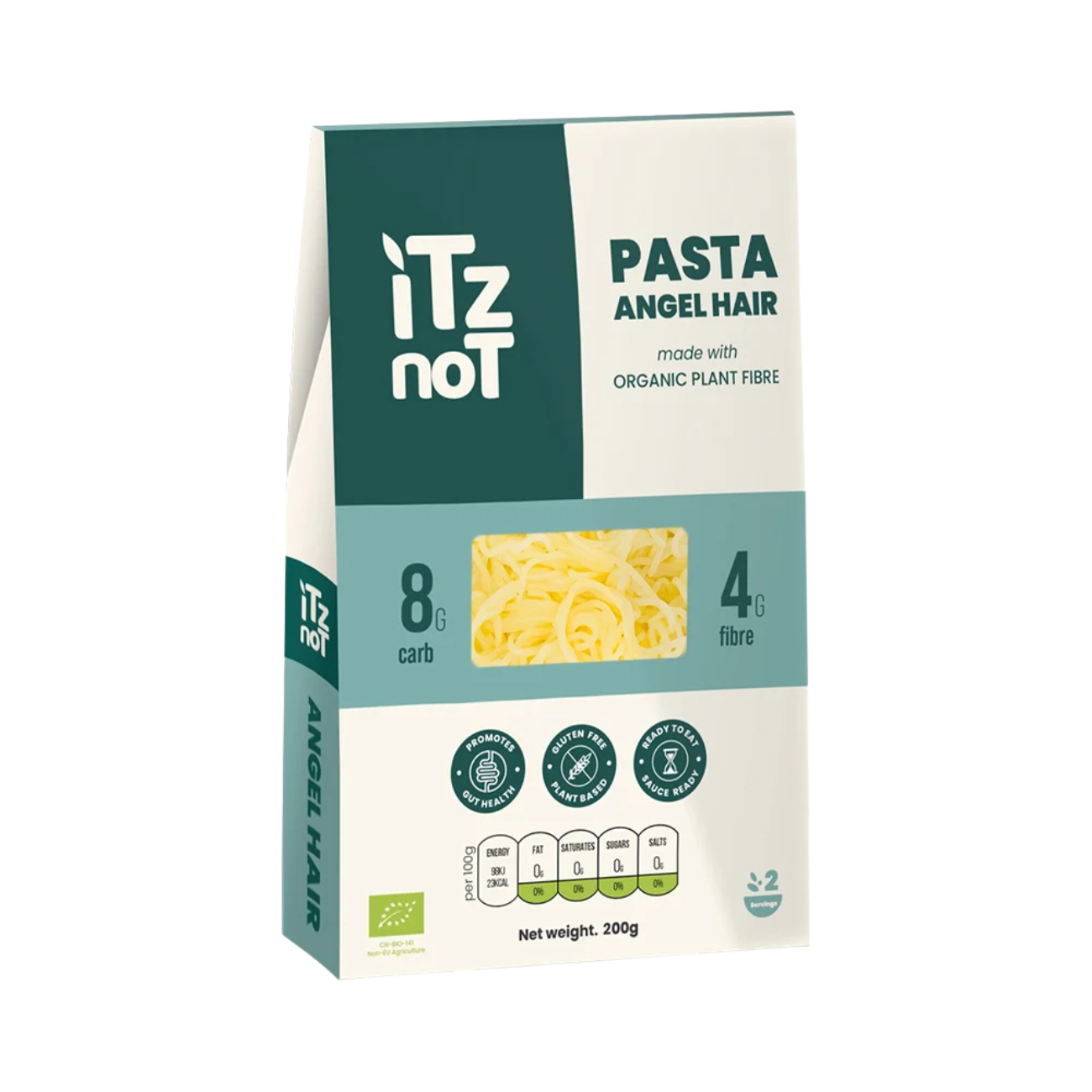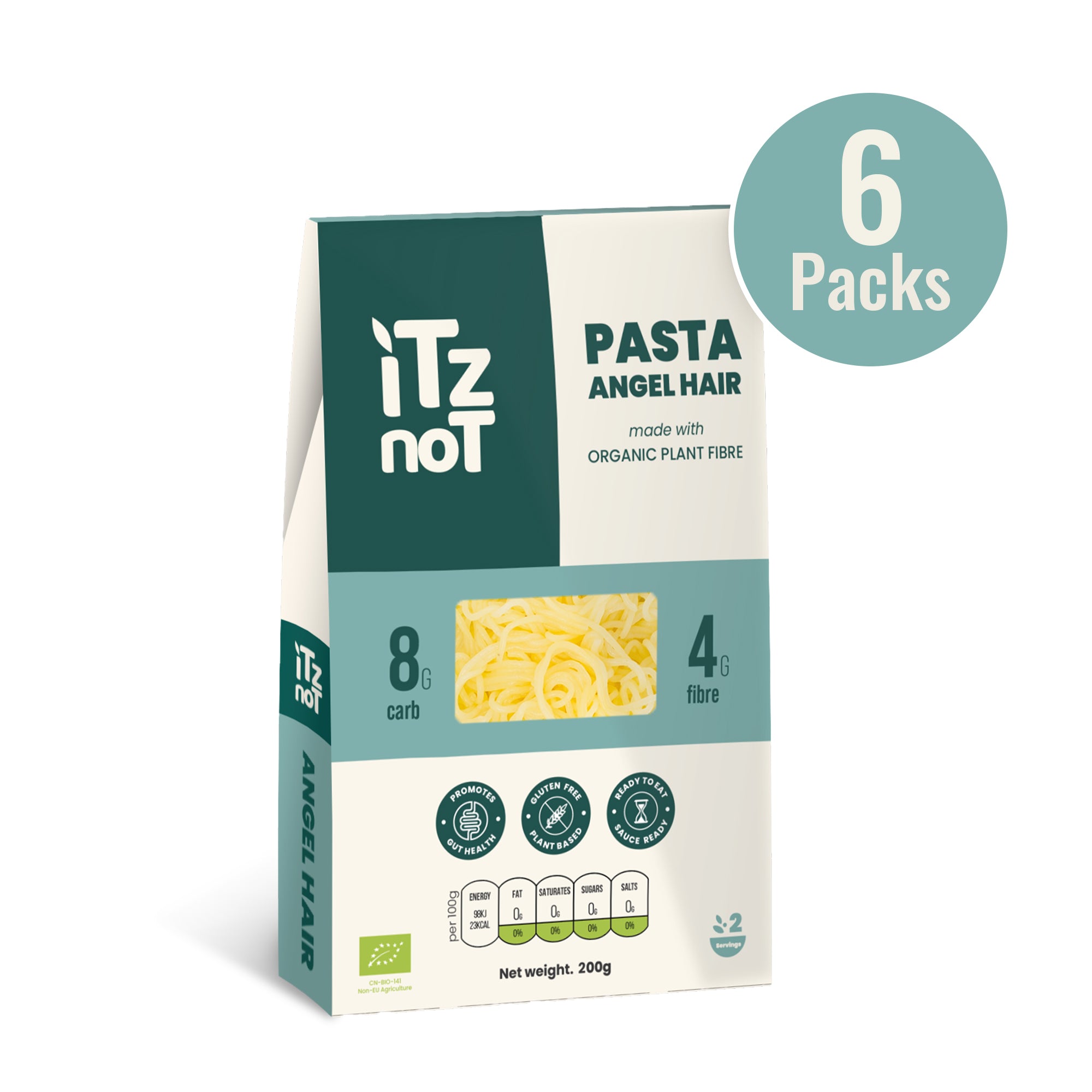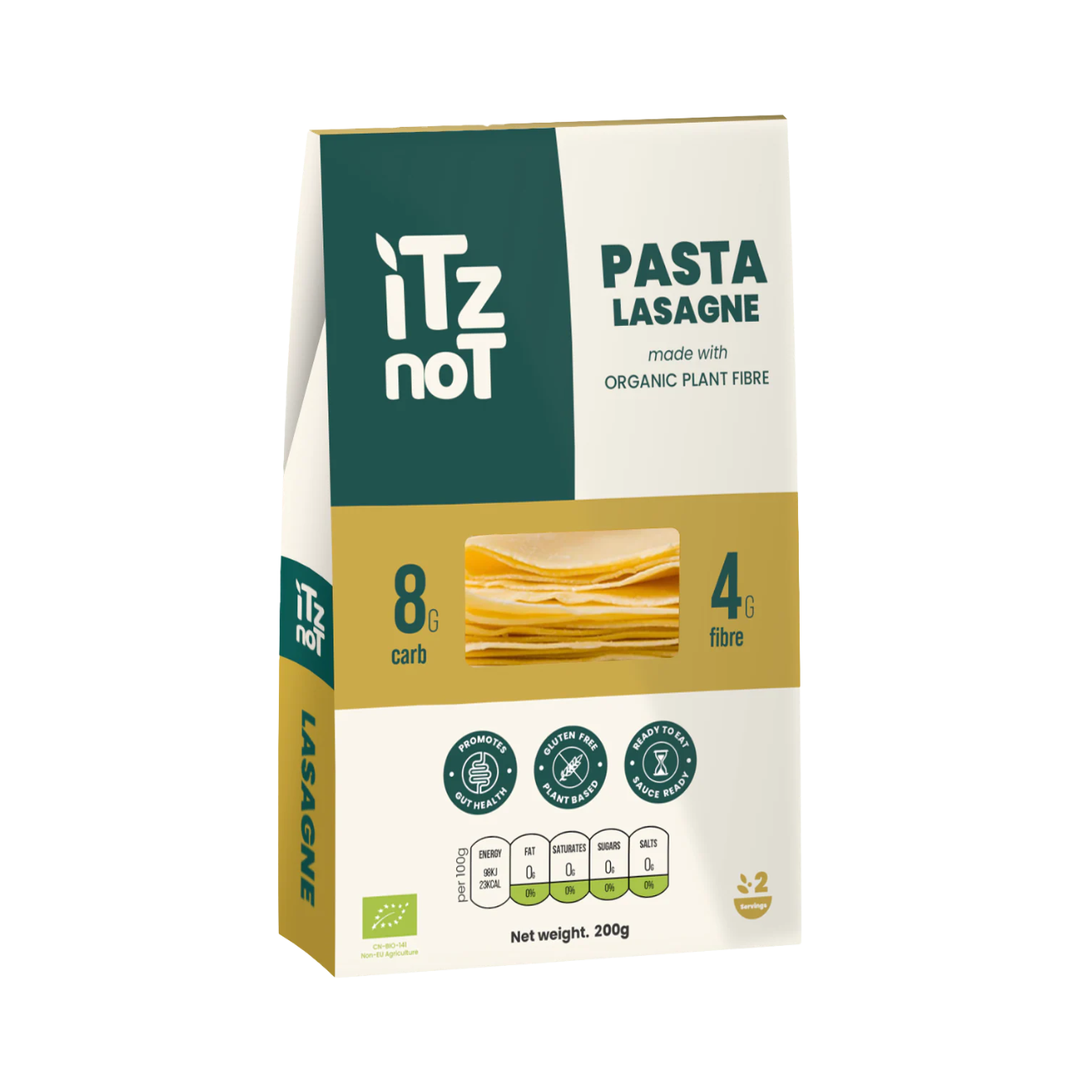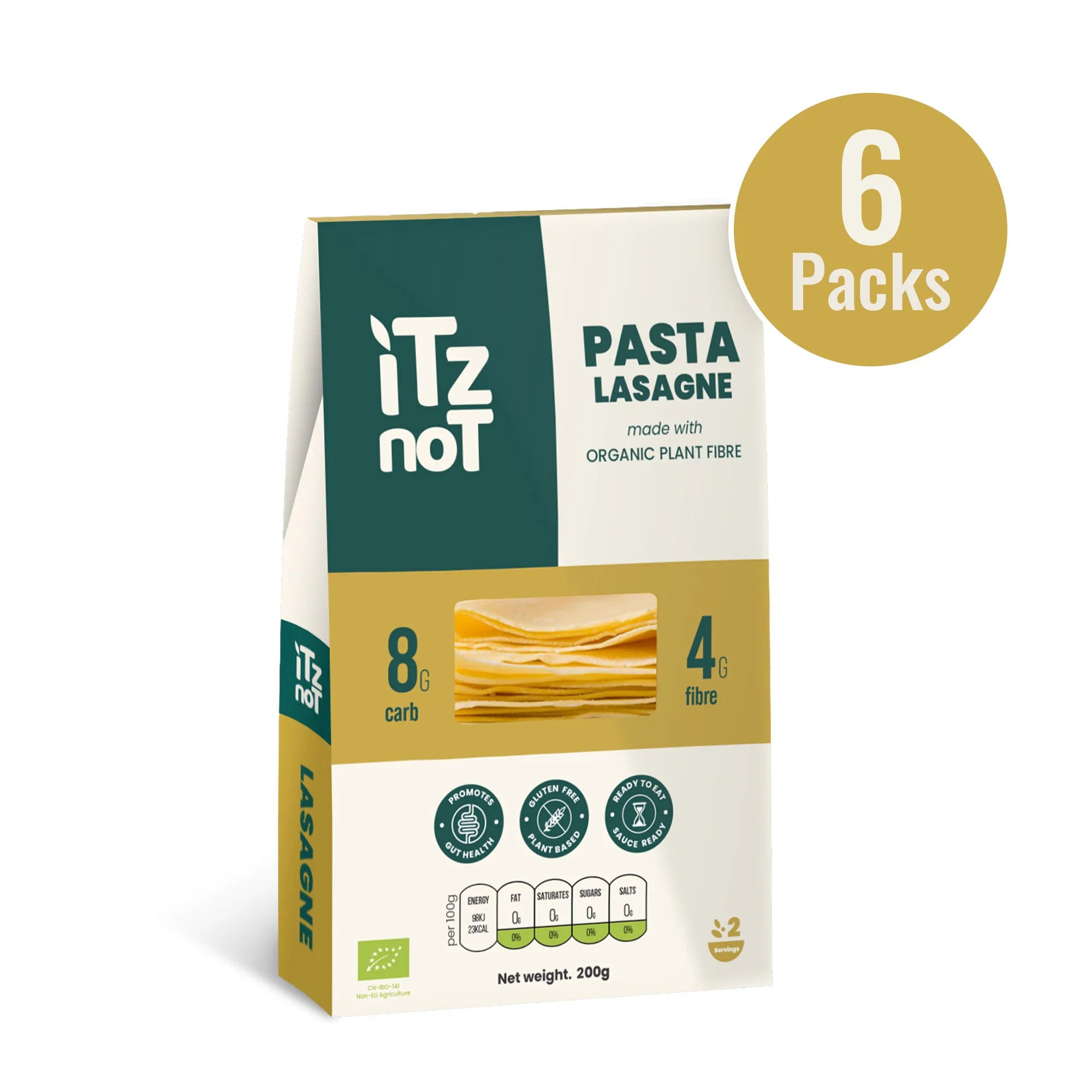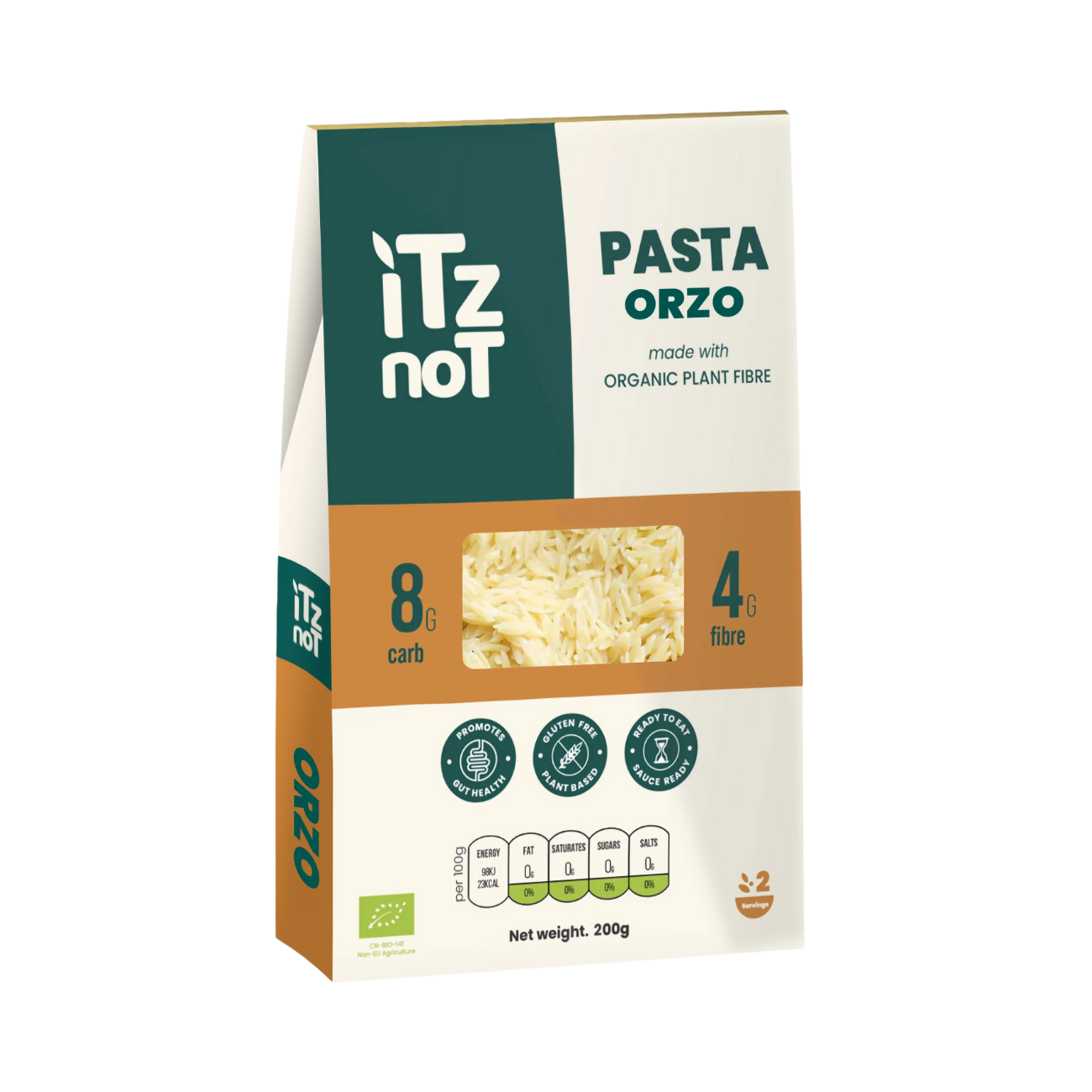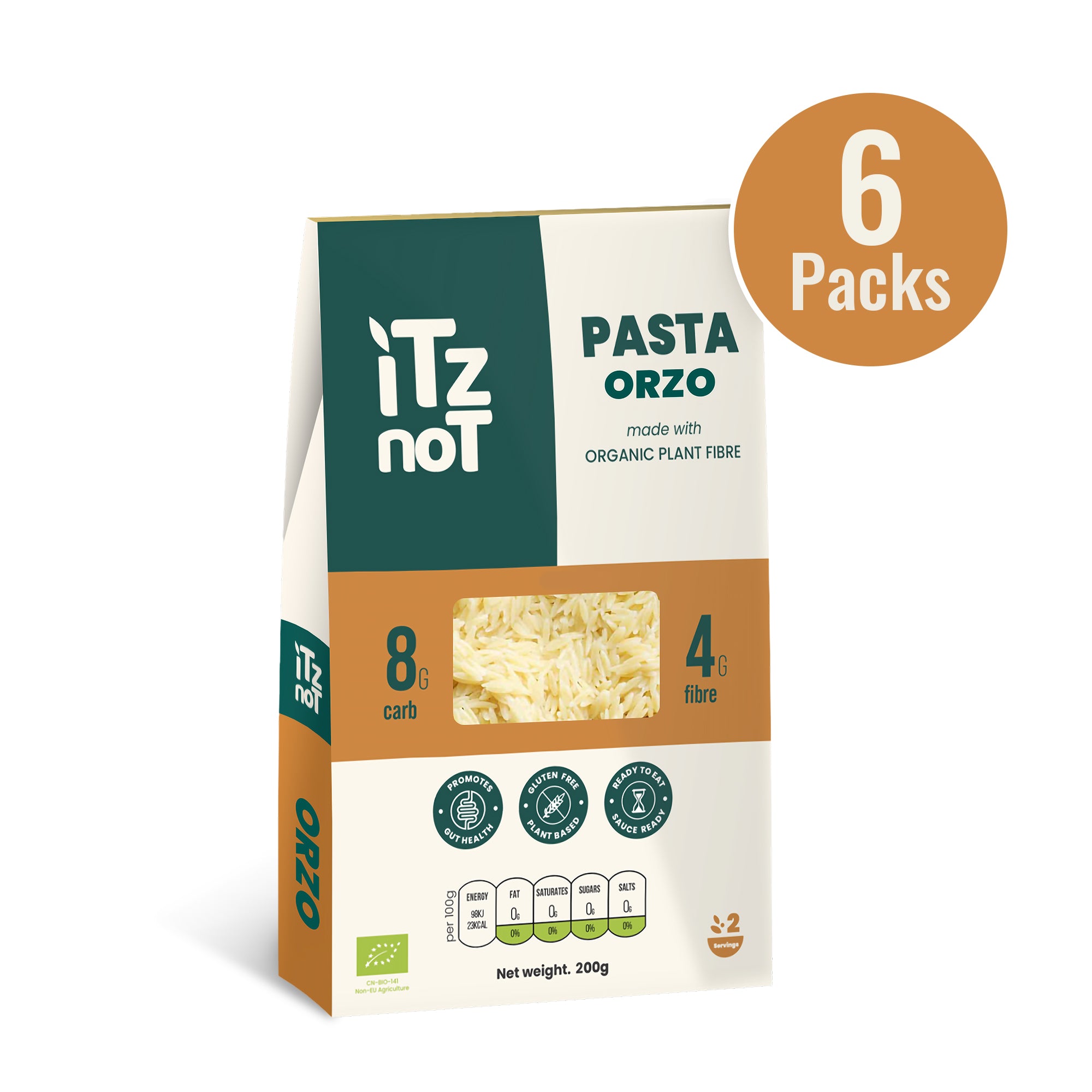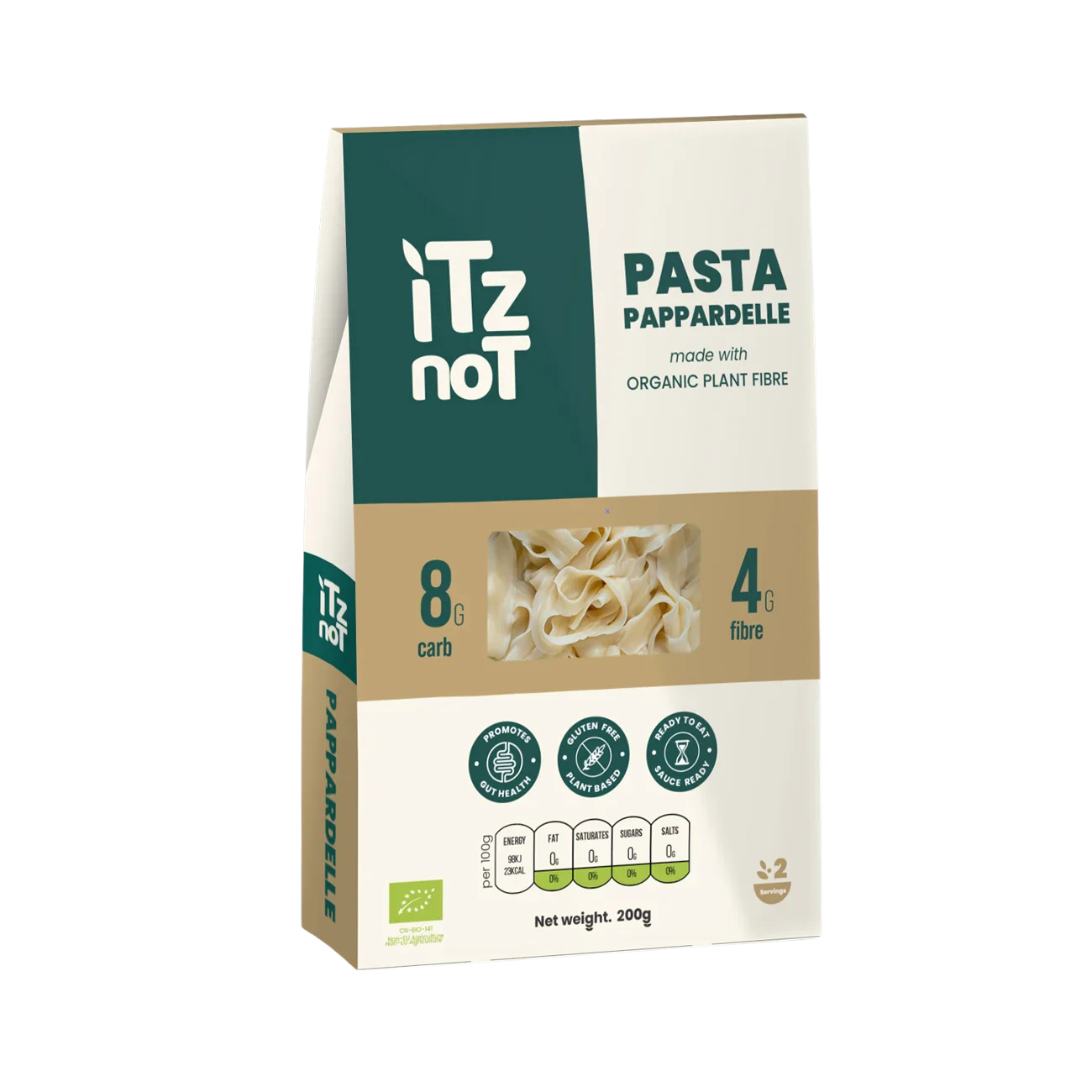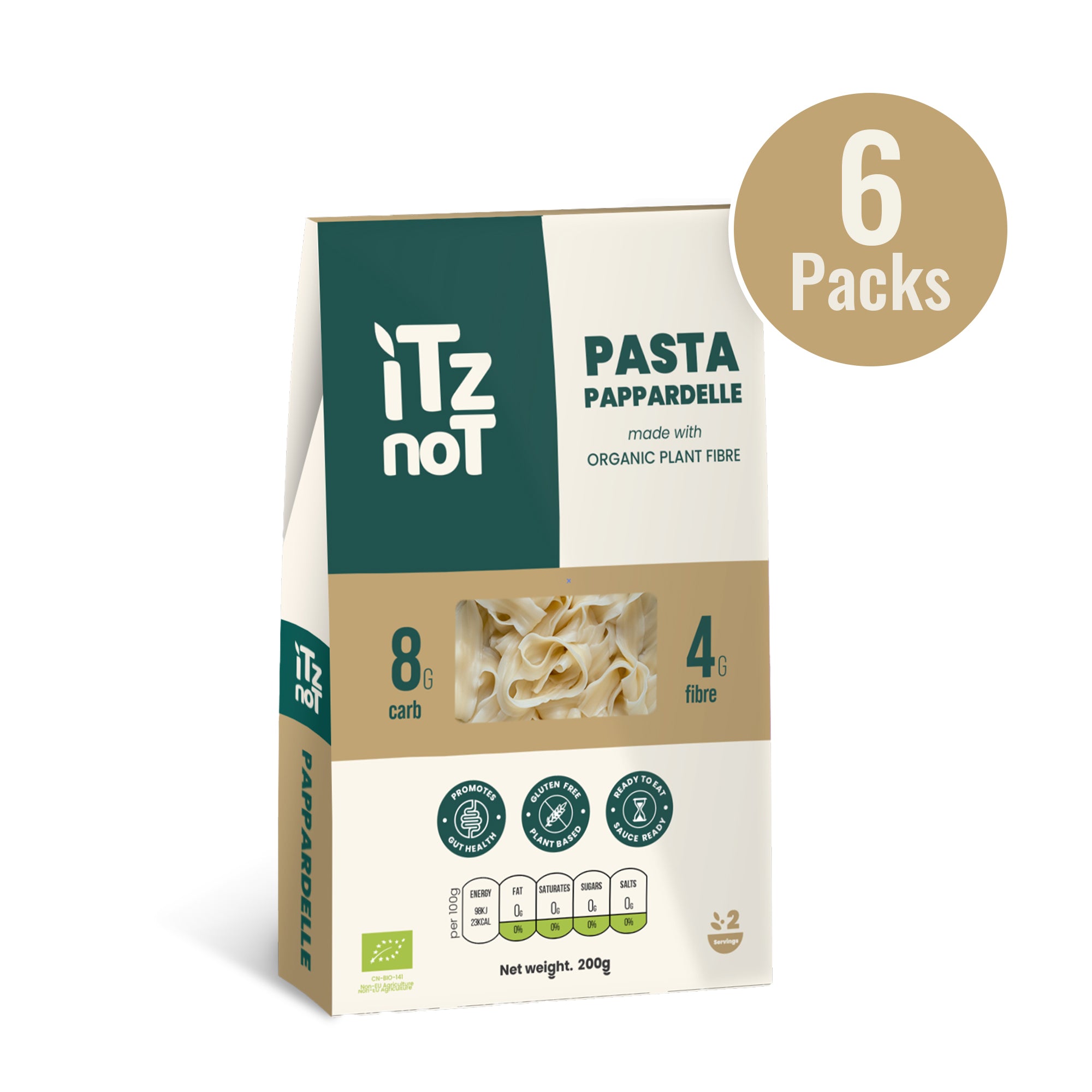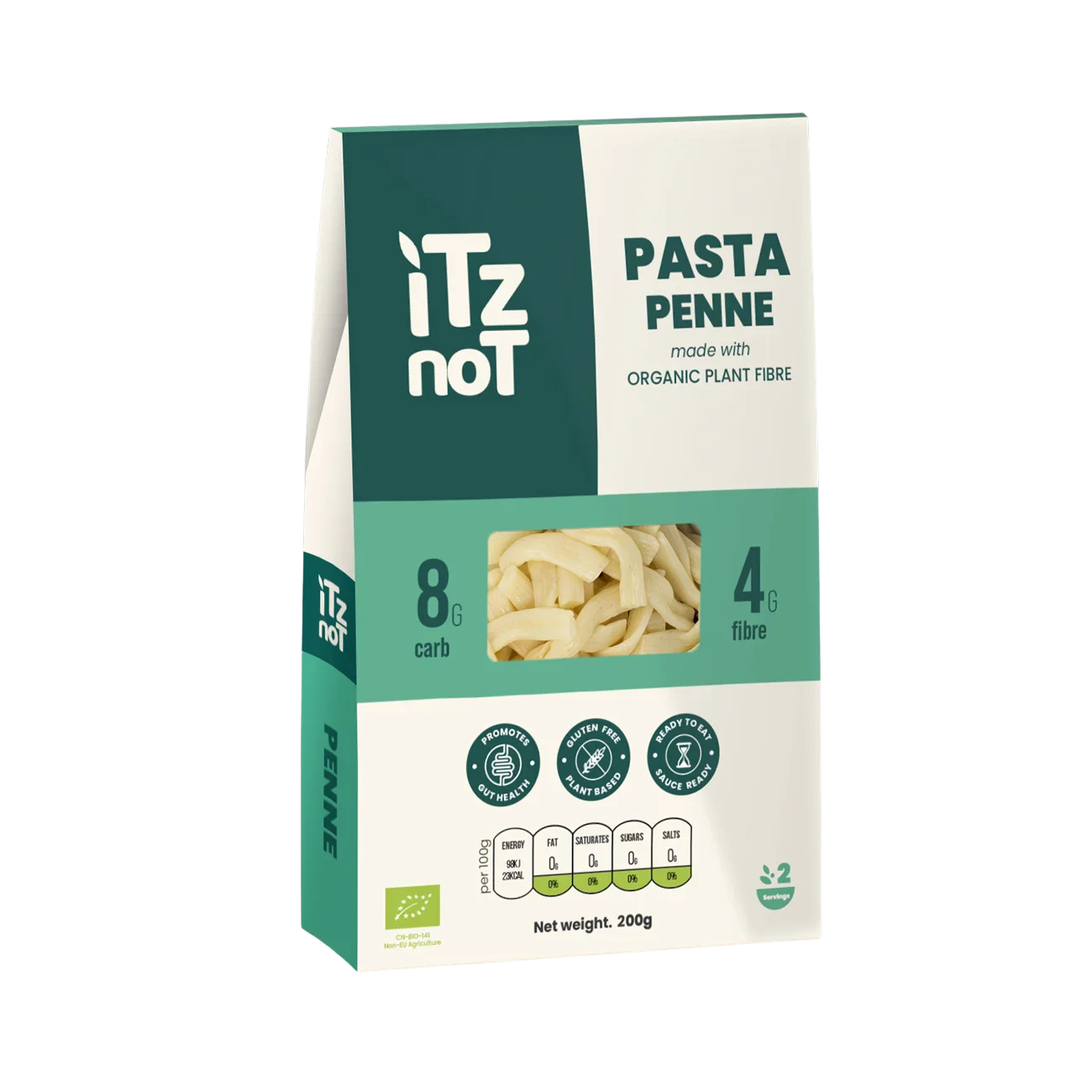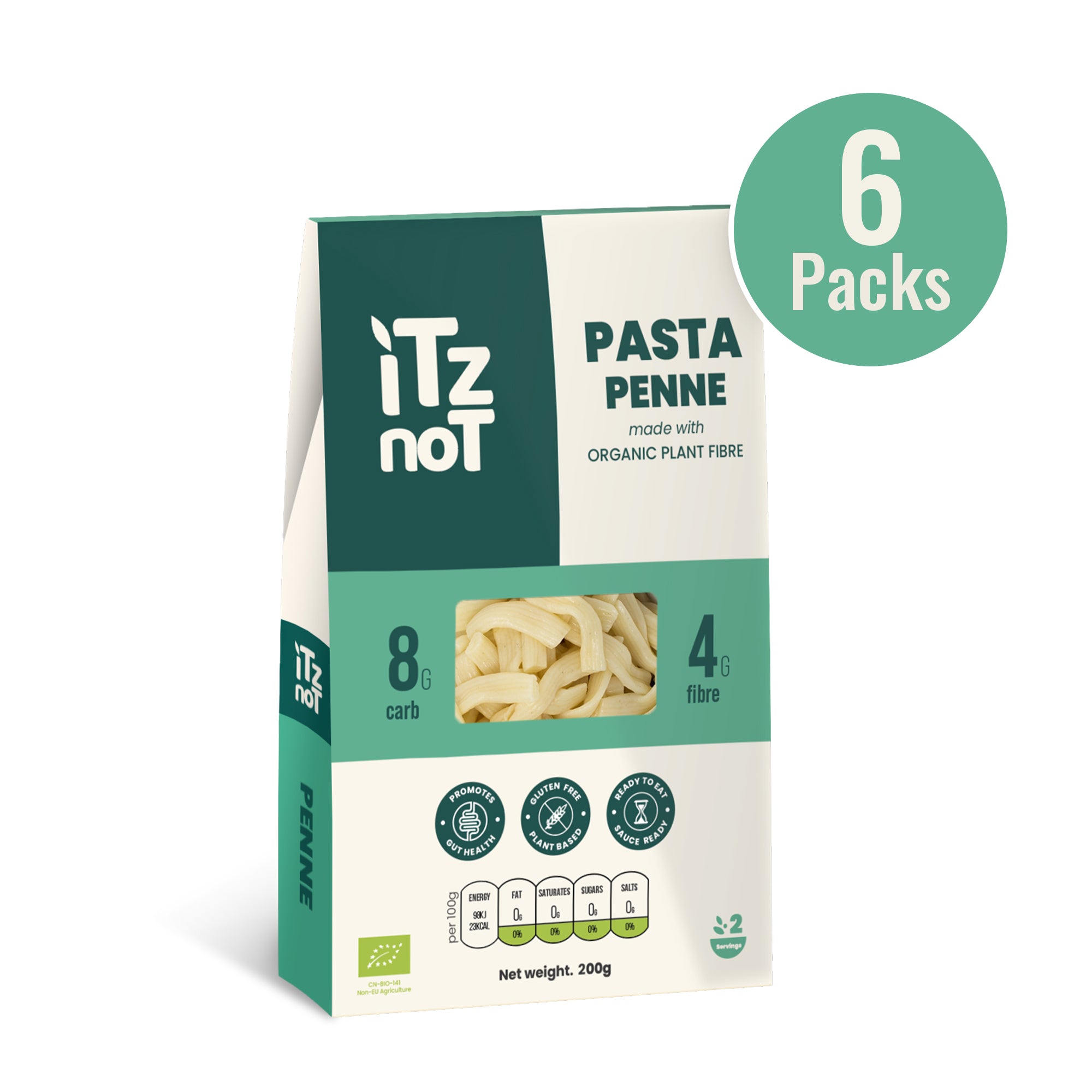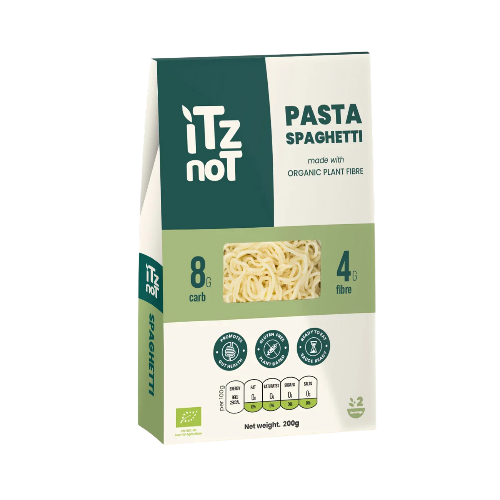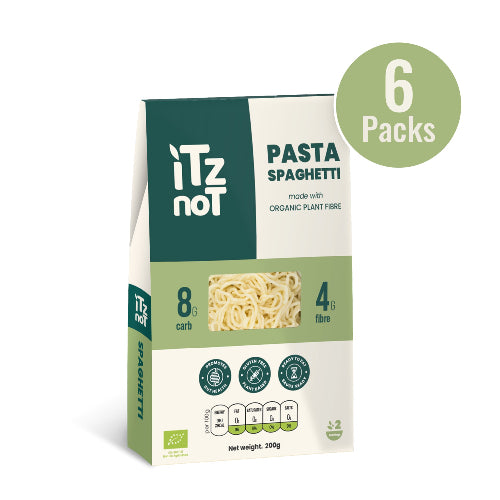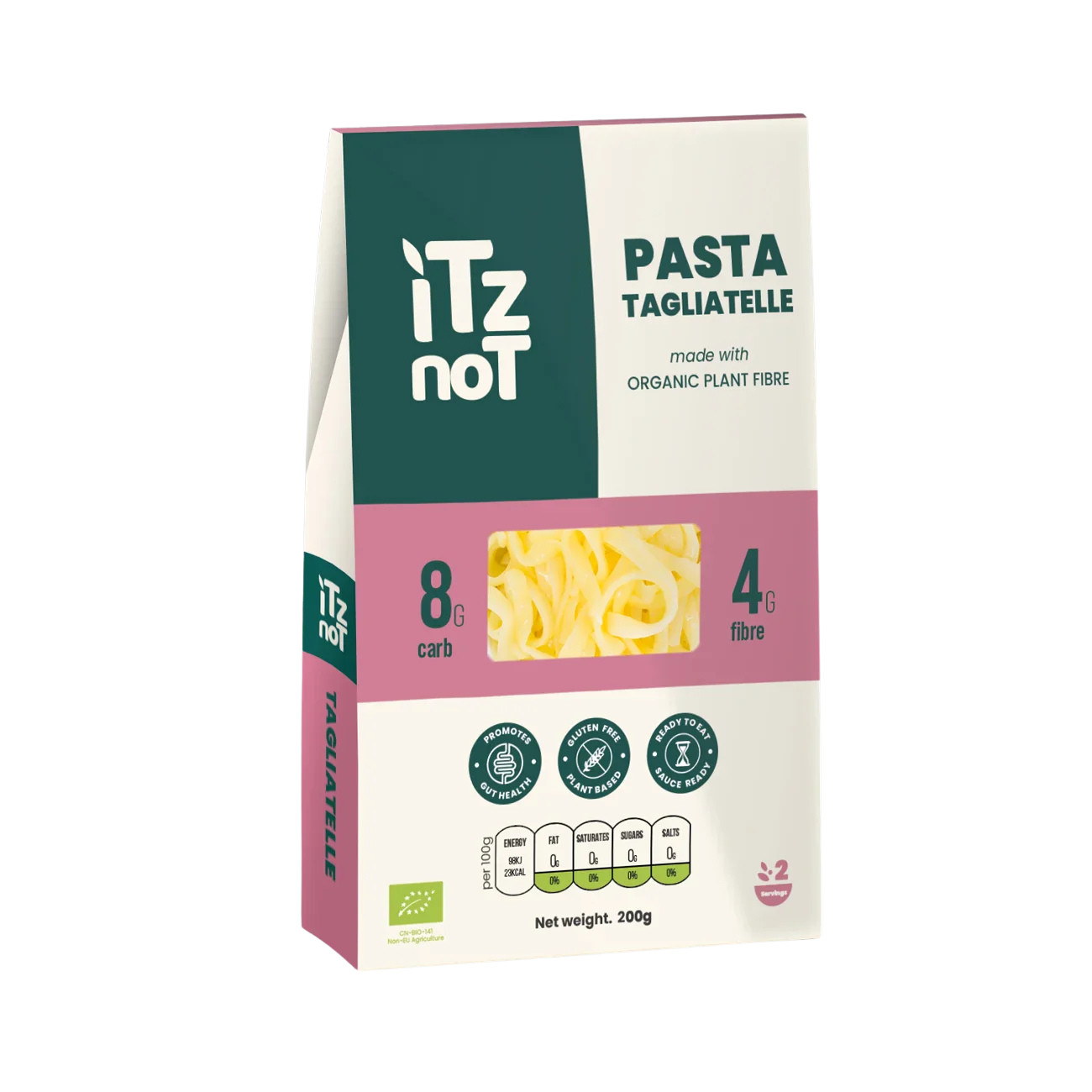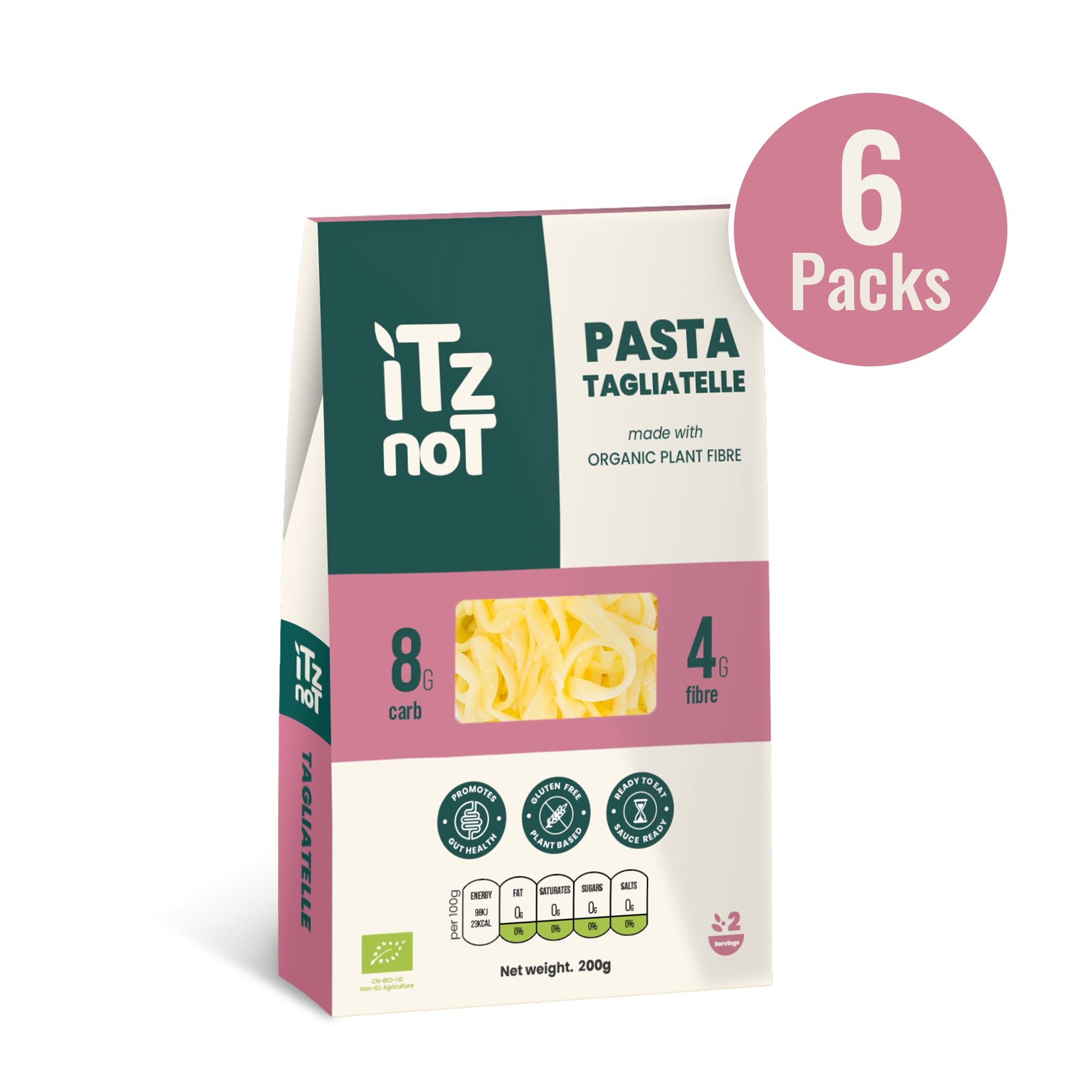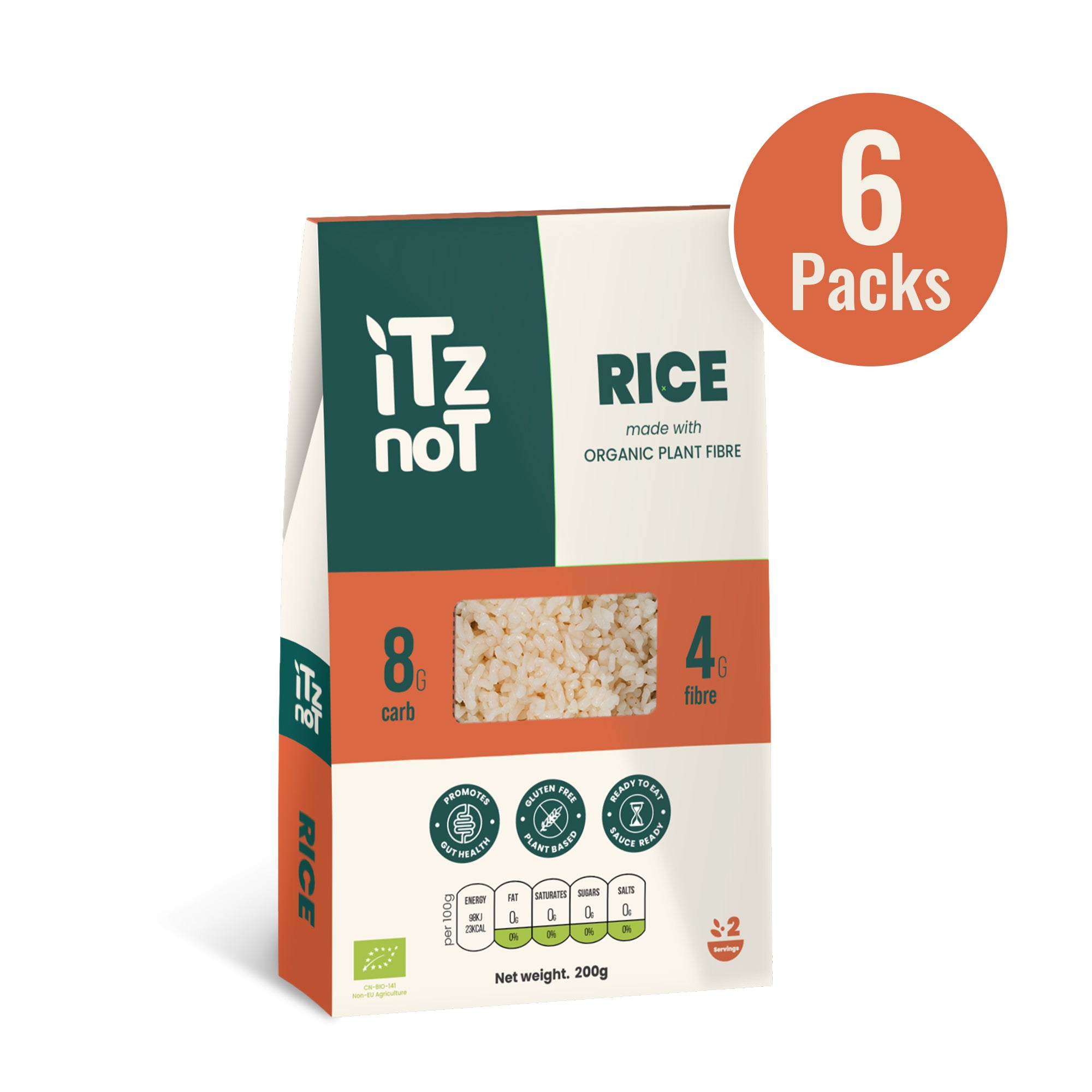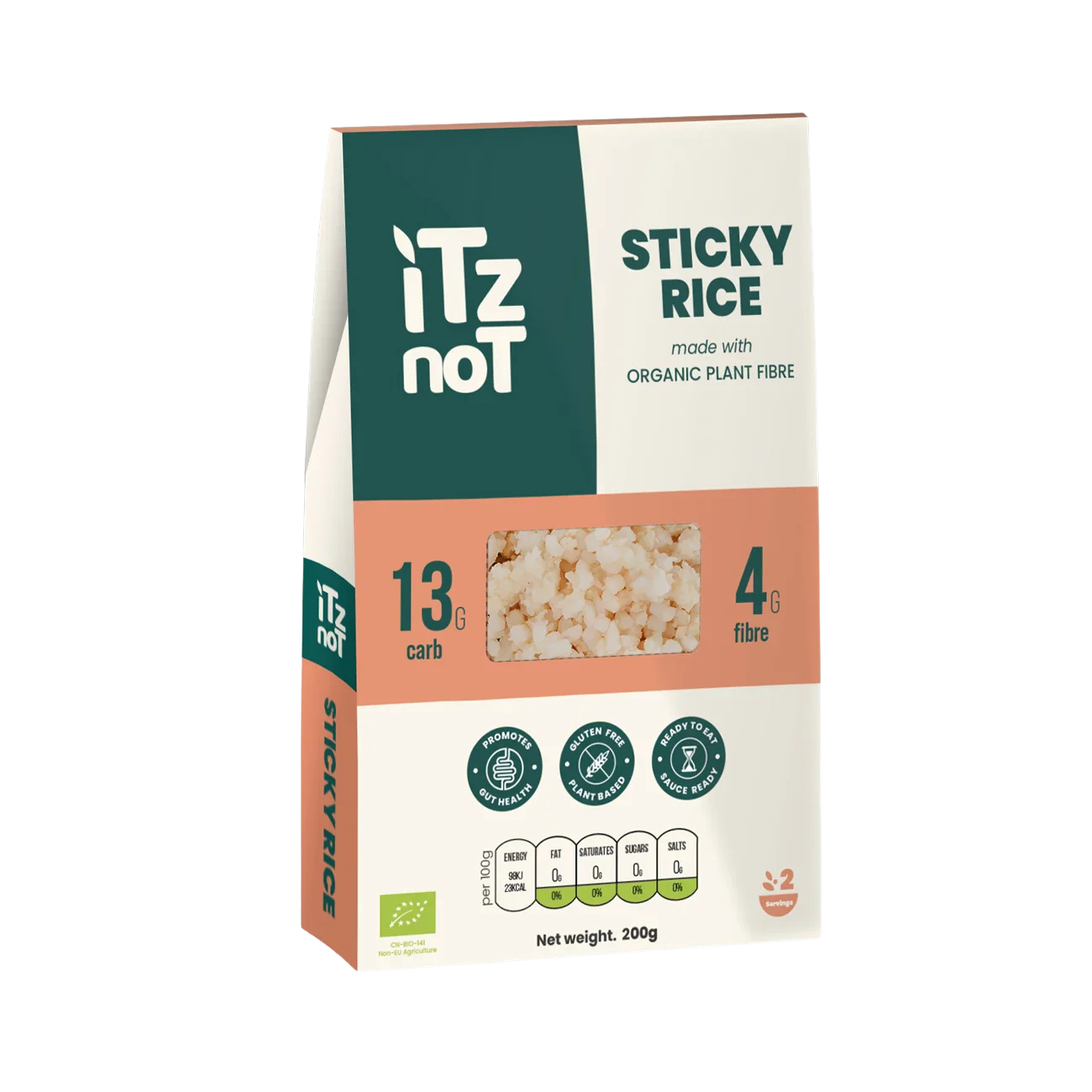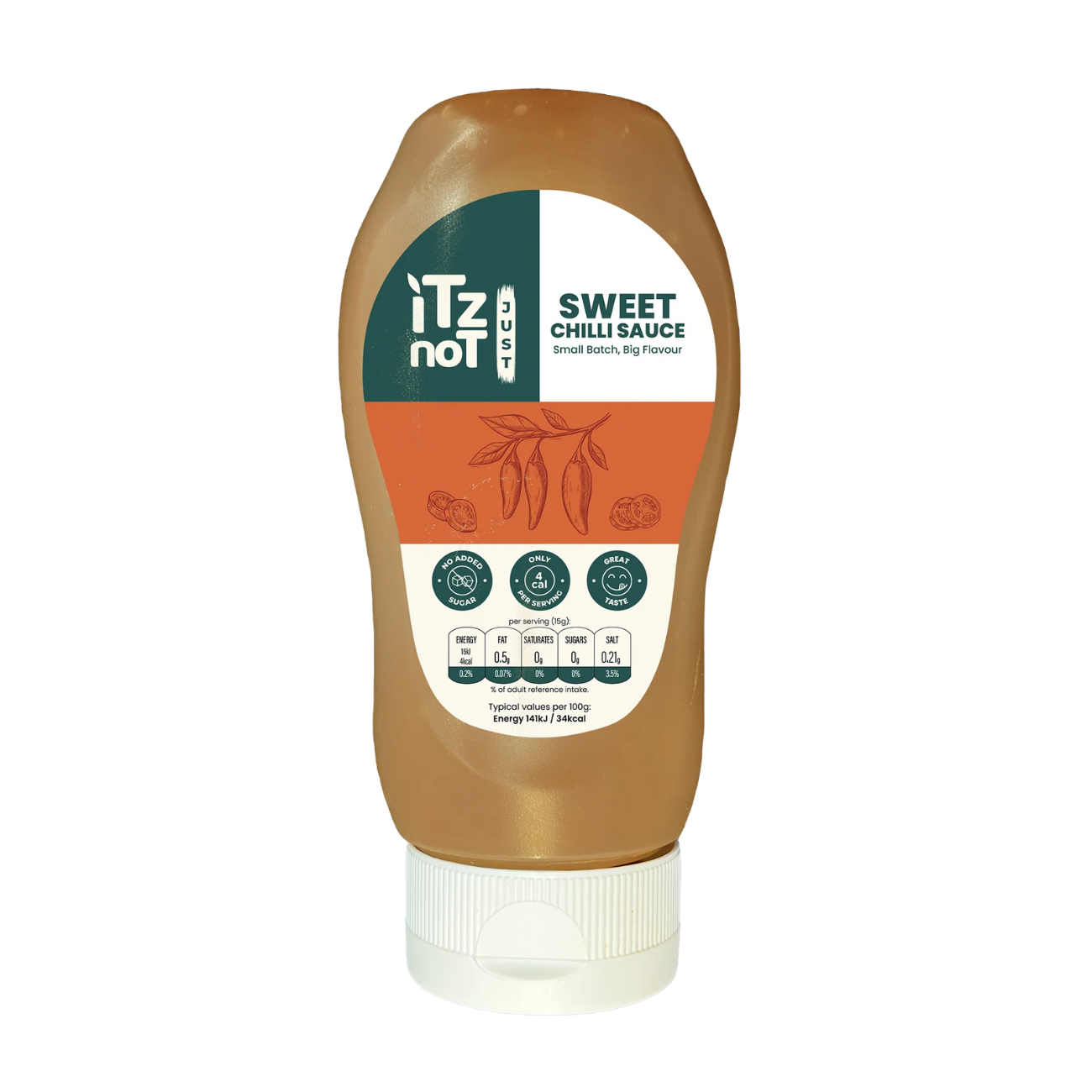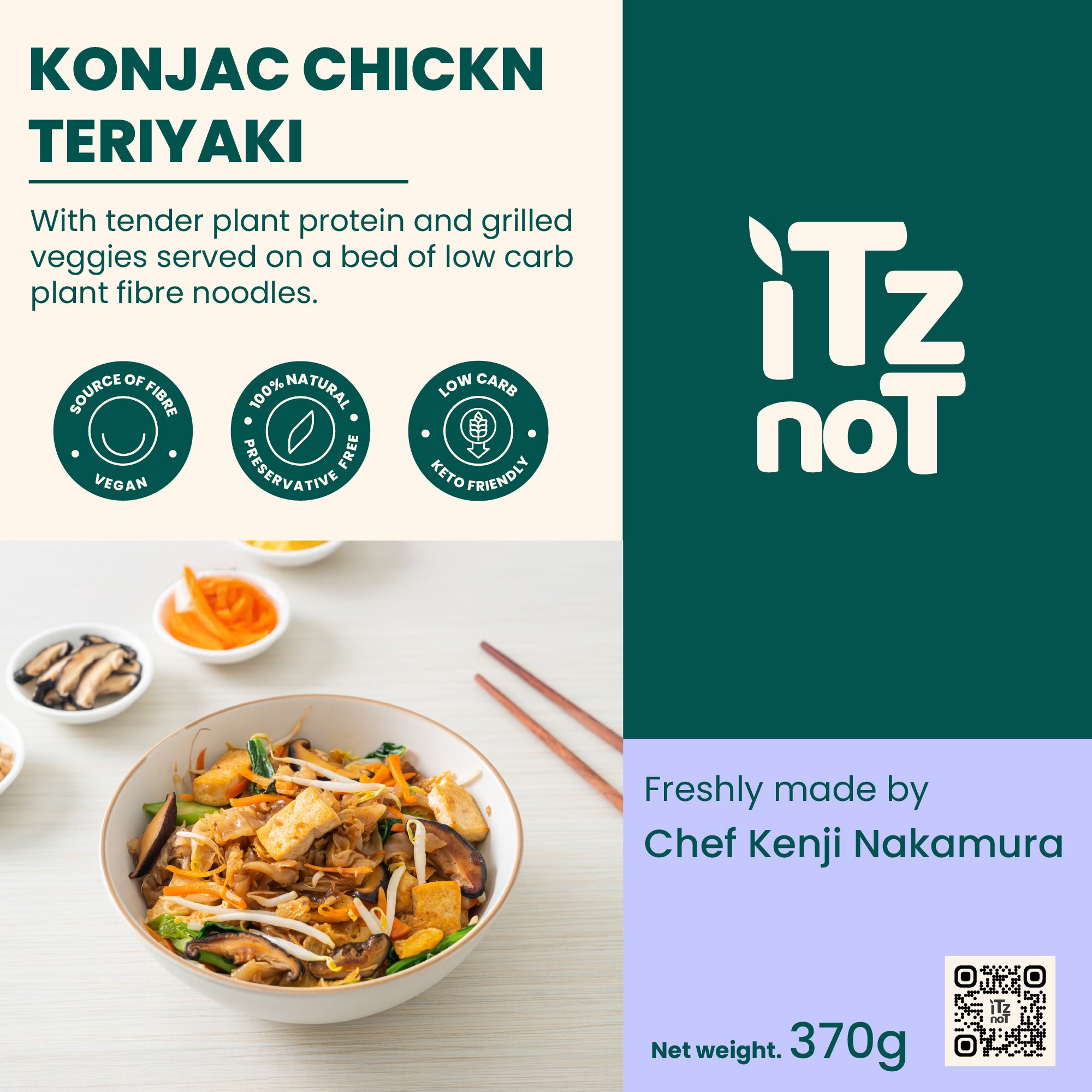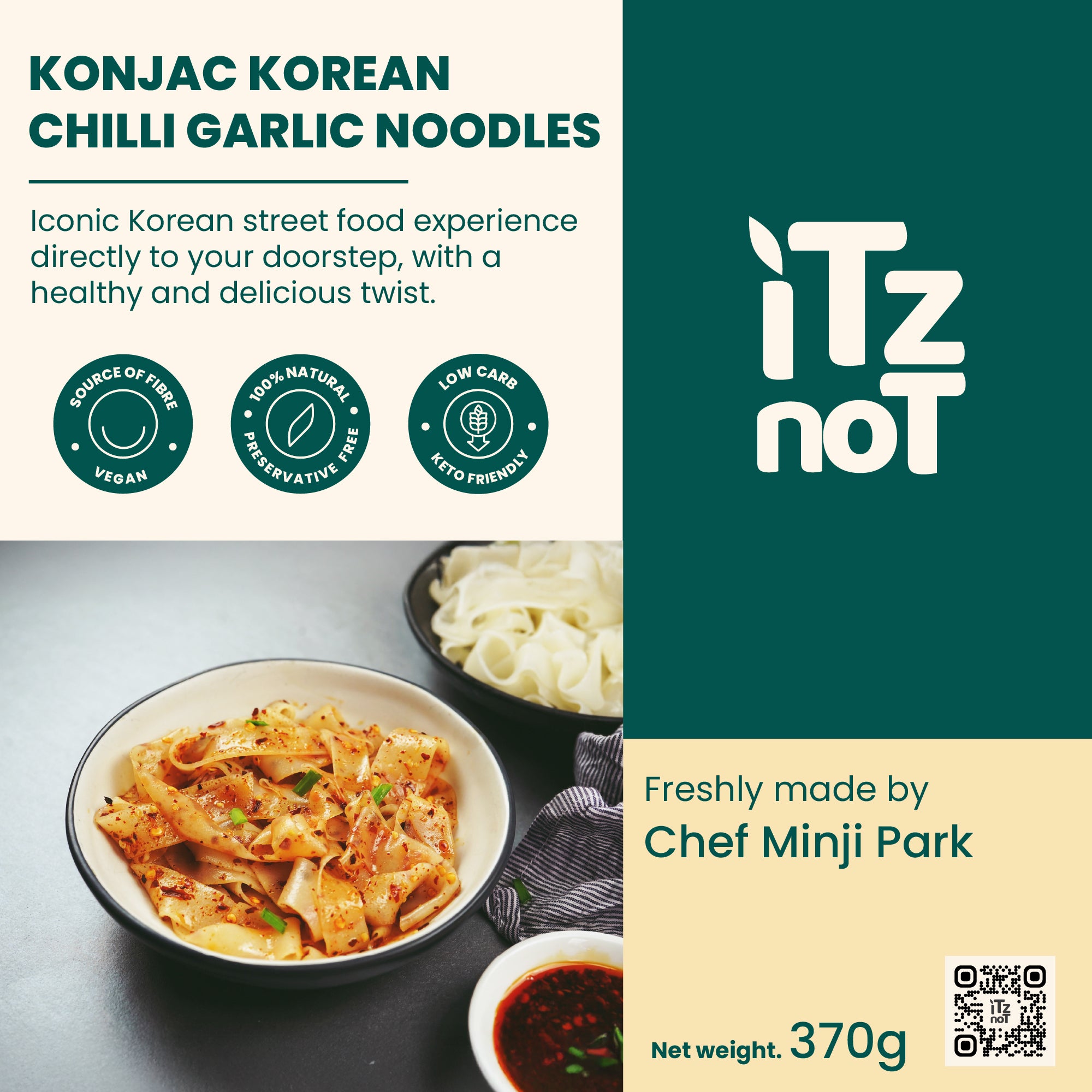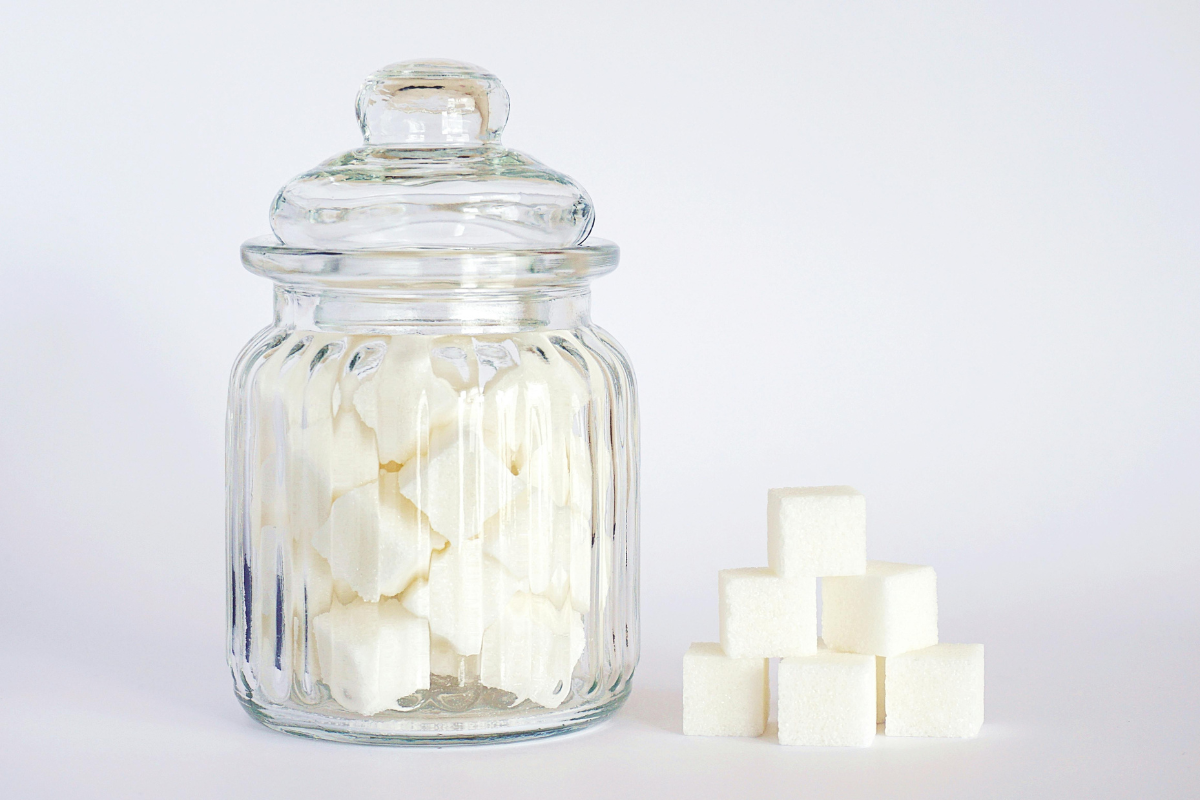
The Sugar Crash Conspiracy: Understanding and Avoiding Energy Rollercoasters

The Sugar Crash Conspiracy: Understanding and Avoiding Energy Rollercoasters
Refined sugars go incognito today in most processed foods and beverages — even those so-called, so-healthy snacks — under a plethora of names. Though we are indeed given conveniently accessible sources of sugar that do provide immediate—if fleeting—contentment, it is one filled with a colossal, destabilizing, energetic plunge to which we have collectively come to know as the sugar crash. It is actually within this cyclical rhythm of motion energetic peaks and dramatic dips that becomes the true menace leading to no sustained productivity, decreased cognitive performance and impact on wellbeing. Understanding those intricate physiological pathways that mediate this action is crucial for optimizing dietary strategies, as they might imply a more permanent and stable energy buffer that supports us in overcoming everyday challenges.
The Physiology Domino: Sugar High to Sugar Crash
When we chew foods containing refined sugars, our body processes them and converts them to glucose just like that, then rushes them into our bloodstream, giving us a blood sugar spike. This sudden rise of glucose in the blood is a signal for the pancreas to act, secreting a hormone — insulin. Insulin has a primary role: it allows glucose to move into our cells from the blood so it can be used for energy immediately or stored to be used later. However, the extreme and rapid increase of your blood sugar after eating refined sugars is enough to overwhelm this exquisitely designed feedback system, causing an overproduction of insulin.
Albeit justified, this over-compensatory reaction may also trigger a rapid fall in blood glucose, potentially rendering it below the homeostatic range. Decreasing blood sugar levels so quickly creates a phenomenon we’ve all noticed from time to time, “sugar crash,” a medley of wicked side effects associated with this state: fatigue, tiredness, irritability, inability to concentrate, and even anxiety. This vicious roller coaster cycle of peaks and troughs of energy not only negatively impacts our productivity and ability to focus in the short term, but over time, it can contribute to more profound and insidious chronic diseases, such as insulin resistance, with a clear and exponential step-increment increased risk of subsequently developing type 2 diabetes.
How to Sneaky Sneak Your Way Into Eating Less Refined Sugar
To navigate these sugar crash waters without harm and to establish a more steady and long-term energy supply, it is urgently needed that we place a conscious and intentional restriction on our intake of refined sugars. That begins with a better understanding of how pervasive these added sugars are in modern food supply systems. This requires scrutinizing food labels like a hawk, as food manufacturers use a veritable cornucopia of names for added sugars, including true things like sucrose, high-fructose corn syrup, and dextrose, as well as ones you might not be able to identify like maltose easily. Also, the beverage choice matters, pure water, unsweet tea or black coffee should be chosen over sugar-laden sodas, fruit juices (which have high natural sugar content and should be used carefully) and industrial energy drinks. A better way to do this, another healthy approach, is to generally consume whole, unprocessed foods, as they inherently contain minimal added sugars too, but while you do that, also significantly reduce the number of processed foods since they will almost always contain hidden and substantial amounts of sugar.
The Great Trade: Replacing Candy Bar with Long-Lasting Power
The good news is that it is not all about eliminating sugar — ideas to replace better sweet snacks and goodies have a significant effect on maintaining stable and long-lasting energy throughout our busy lives during the day. Instead of these quick energy-boosting candy bars, sweetened breakfast cereals, bought muffins, or other refined sweet goodies, we can pick a nutrient-wealthy supply of foods that provide a slower and longer-lasting power. Brightly colored fruits, such as fresh berries, crispy apples, and filling bananas, offer some sweetness in whole fruit form, too, as it is packaged with lots of much-needed dietary fiber that helps hold off legions of sugar absorption into the bloodstream, preventing the high and crash cycles that are common after refined sugar consumption.
Nuts and seeds provide a unique nutrient profile of unsaturated fats alongside plenty of protein and dietary fiber to provide satisfaction and slow, steady energy. You could also choose to stabilize energy intake and promote satiety by adding a source of protein, such as a dollop of creamy Greek yogurt or a spoonful of natural nut butter. Similarly, masticating (movement of the jaw and chewing) crunchy carrot sticks or colorful strips of bell pepper and enjoying the free nutrient-rich goodness with the palatable nature of hummus is a filling nutrient-dense snack that avoids the crash caused by refined sugars. When people purposefully make these exchanges in the food they purchase and consume, they can break the cycle of energy peaks and crashes and experience improved focus, steady, cheerful moods, and energy that sustains them throughout the day. There are a few things these tips do not do — for example, adopting a low refined sugar diet will not only prevent the consequences of a sugar crash (which, trust me, is no fun to experience) but is actually a first, best step you can take toward long term health, metabolic balance, and energy stability.




